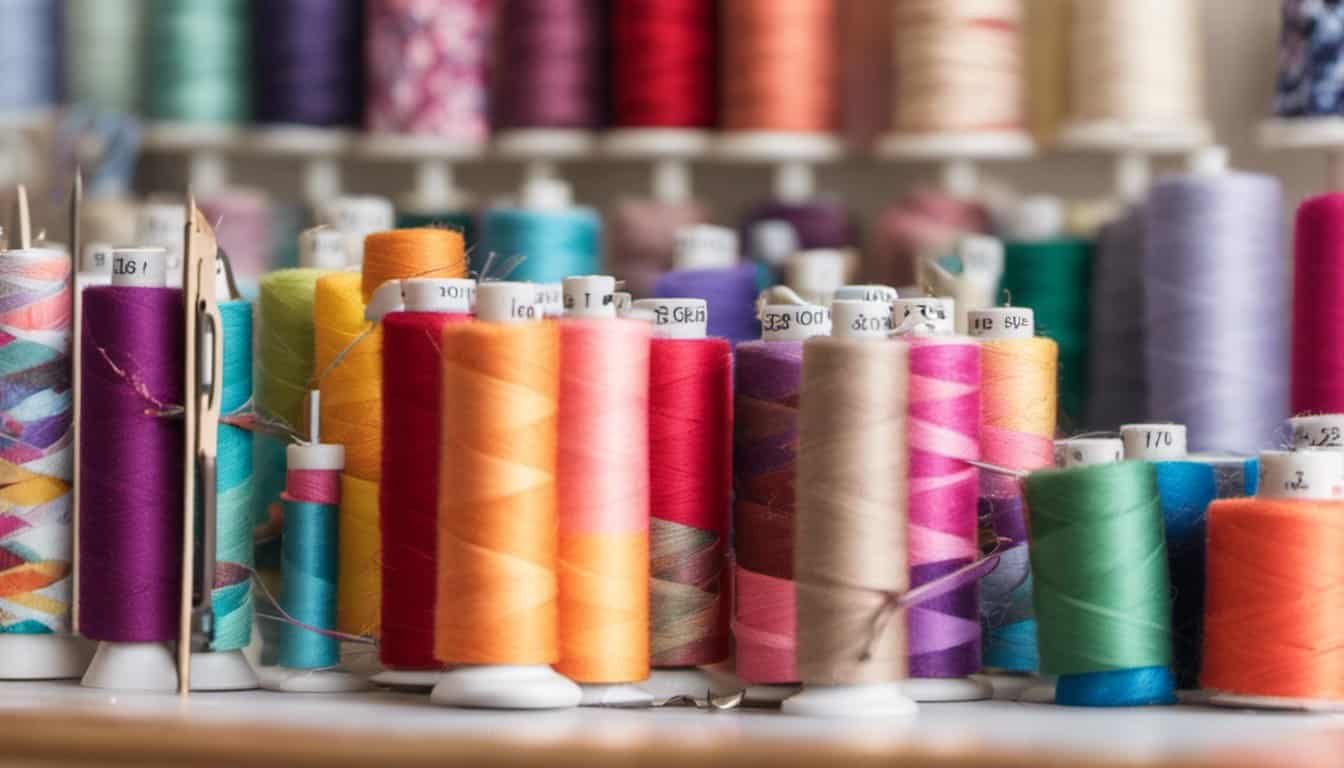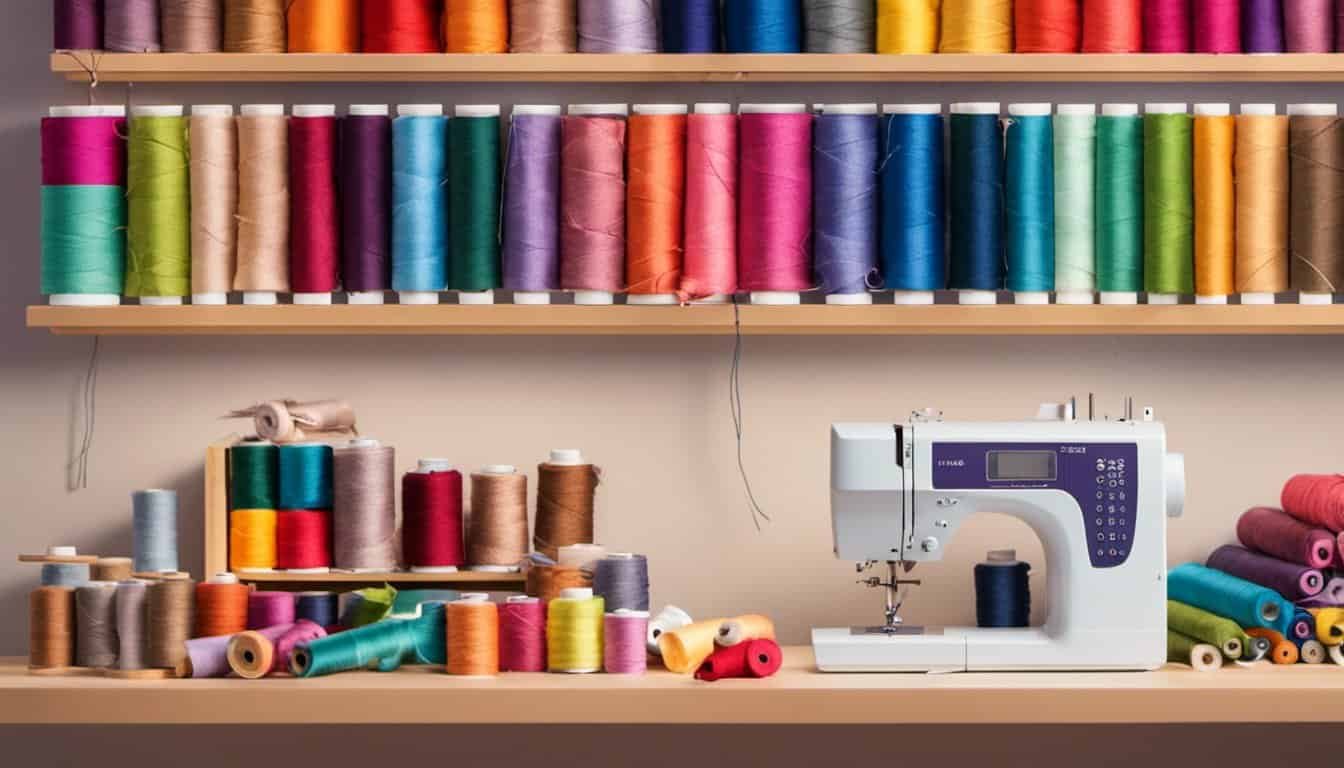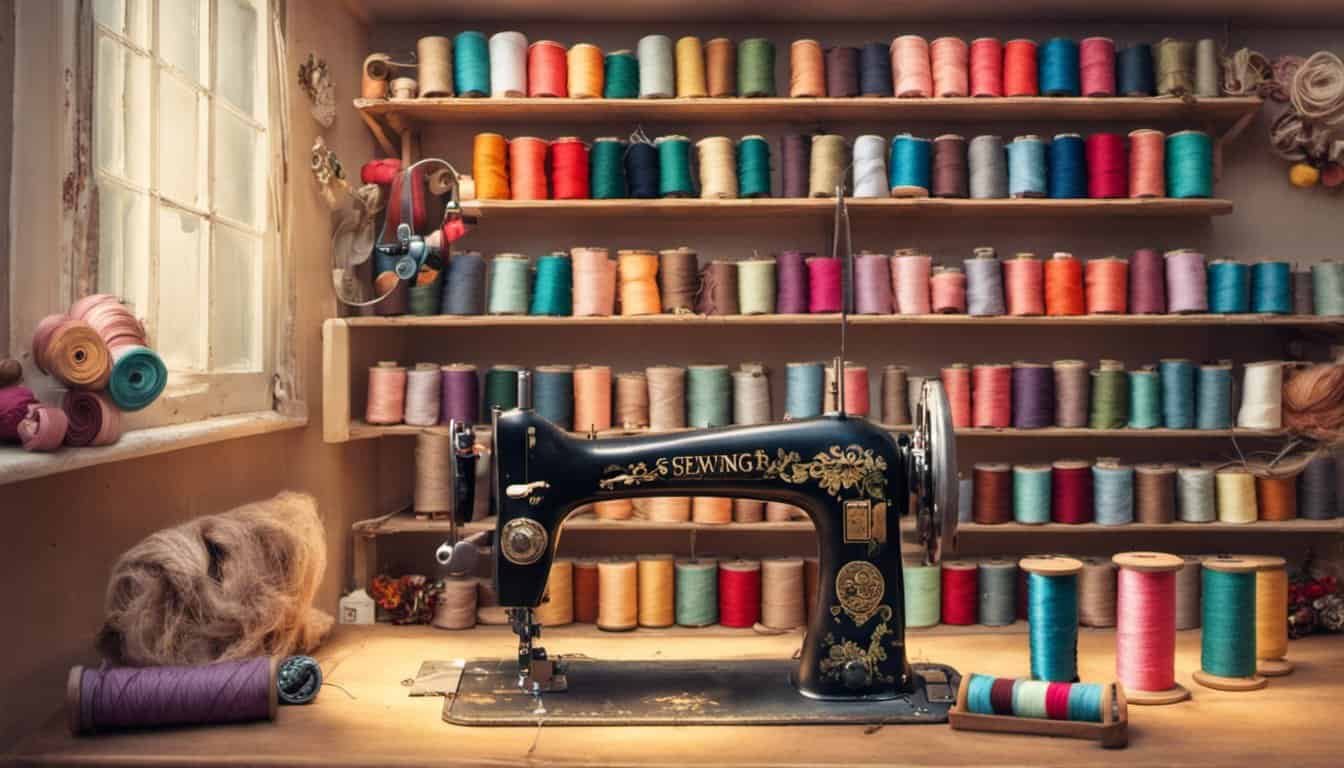Have you ever tried to fix a stitch and ended up damaging your fabric instead? I know the frustration all too well! Using a seam ripper can be a lifesaver when it comes to mending your sewing projects, but it’s crucial to handle it the right way.
In this article, I’ll share my best tips for using a seam ripper effectively without ruining your fabric. From selecting the right tool to mastering the perfect technique, you’ll learn how to make your repairs seamless and stress-free.
Understanding Seam Rippers
A seam ripper is an essential tool in any sewing kit, designed to remove stitches efficiently. Using it correctly prevents fabric damage and ensures clean alterations.
Types Of Seam Rippers
There are three main types of seam rippers:
- Standard Seam Rippers
Feature a pointed tip and a sharp blade. Ideal for general-purpose stitching removal.
- Ergonomic Seam Rippers
Have a comfortable handle and balanced weight. Reduce hand strain during extended use.
- Precision Seam Rippers
Offer a finer point and smaller blade. Perfect for delicate fabrics and intricate embroidery.
Choosing the right type depends on your specific sewing project and fabric sensitivity.
Features to Consider
When selecting a seam ripper, consider these features:
- Blade Sharpness
A sharper blade cuts stitches cleanly without pulling the fabric.
- Handle Design
Ergonomic handles provide better grip and control, enhancing precision.
- Size and Weight
Lightweight seam rippers are easier to maneuver, especially for detailed work.
Maintenance Tips
To keep your seam ripper in top condition:
- Clean After Use
Remove any thread remnants to prevent blade dulling.

- Store Safely
Keep it in a protective case to avoid accidental cuts and damage.
- Sharpen Regularly
Maintain blade sharpness by gently honing with a sharpening stone if needed.
Proper maintenance extends the life of your seam ripper and ensures it performs effectively.
Common Uses
Seam rippers handle various tasks beyond seam removal:
- Altering Garments
Easily adjust hems, take in sides, or modify fits without harming the fabric.
- Fixing Mistakes
« 10 Best Sewing Blogs for Beginners in 2025 That Will Transform Your Skills
How to Sew a Godet for Flared Skirts: 7 Secrets Designers Don’t Want You to Know »
Correct sewing errors swiftly, saving time and materials.
- Embroidery Adjustments
Carefully remove and reposition stitches for flawless embroidery work.
Understanding these uses helps maximize the versatility of your seam ripper in different sewing scenarios.
Choosing The Right Seam Ripper
Selecting the appropriate seam ripper ensures effective stitch removal while safeguarding your fabric. I consider several factors when choosing a seam ripper:
- Blade Sharpness: A sharp blade allows precise cutting without tugging fabric fibers.
- Handle Design: Ergonomic handles provide a comfortable grip, reducing hand fatigue during extended use.
- Size and Weight: Lightweight seam rippers enhance maneuverability, especially when working with delicate materials.
- Type of Seam Ripper: Standard models suit general tasks, ergonomic versions offer added comfort, and precision types handle intricate work.
- Durability: High-quality materials extend the tool’s lifespan, ensuring consistent performance over time.
- Safety Features: Some seam rippers include protective covers or finger guards to prevent accidents during use.
By evaluating these features, I choose a seam ripper that aligns with my specific sewing projects and fabric requirements.

Preparing Your Fabric
Before using a seam ripper, I ensure my fabric is properly prepared to prevent any accidental damage. First, I lay the fabric on a clean, flat surface, smoothing out any wrinkles or creases. If the fabric is creased, ironing it beforehand provides a clear view of the stitches I need to remove.
Next, I identify the specific stitches to be ripped. Using a fabric marker or chalk, I mark the areas carefully. This step helps maintain precision, especially when working with intricate patterns or delicate materials.
I also place pins around the seam to stabilize the fabric. This prevents shifting while I work, ensuring that I only remove the intended stitches. Additionally, I check for any backing or interfacing that might be present, as these layers can affect how the seam ripper interacts with the fabric.
Finally, I gather all necessary tools within reach. Having the seam ripper, fabric markers, pins, and a pair of sharp scissors nearby streamlines the process, making the task more efficient and reducing the risk of fabric damage.
Checklist for Preparing Fabric
| Step | Description |
|---|---|
| Lay Flat | Smooth out wrinkles on a clean, flat surface |
| Iron if Needed | Apply heat to remove creases for better visibility |
| Mark Stitches | Use fabric marker or chalk to indicate areas to rip |
| Stabilize with Pins | Prevent fabric from shifting during ripping |
| Check for Backing Layers | Identify and account for any additional fabric layers |
| Organize Tools | Arrange seam ripper, markers, pins, and scissors nearby |
By following these preparation steps, I can use a seam ripper effectively without risking damage to my fabric.

Proper Technique For Seam Ripping
Using the right technique ensures efficient seam ripping without harming your fabric.
Avoiding Fabric Damage
I always start by selecting the correct seam ripper for my project. A sharp blade minimizes the risk of snagging fibers. I gently insert the seam ripper under a stitch, cutting one thread at a time. Keeping the fabric flat prevents stretching or tearing. I move slowly and carefully, maintaining control to avoid accidental cuts. Additionally, I avoid applying excessive pressure, which can distort the material. By following these steps, I preserve the integrity of the fabric while removing unwanted stitches.
Maintenance And Care
Proper maintenance keeps my seam ripper in excellent condition.
- Cleaning: Wipe the blade with a damp cloth after each use. For stubborn residue, use mild soap, rinse, and dry thoroughly to prevent rust.
- Storage: Store the seam ripper in a dry place. Use a protective case or drawer with the blade covered to avoid accidents and moisture exposure.
- Sharpening: Inspect the blade regularly for dullness. Use a sharpening stone to maintain a sharp edge, ensuring effective stitch removal without fabric damage.
- Inspection: Check the handle and joint for wear. Tighten any loose parts to ensure safe operation and extend the tool’s lifespan.
Conclusion
Mastering the seam ripper has made my sewing projects so much smoother. It’s amazing how a simple tool can save time and prevent fabric mishaps. I love knowing I can tackle any stitch issues with confidence. Happy sewing!


















